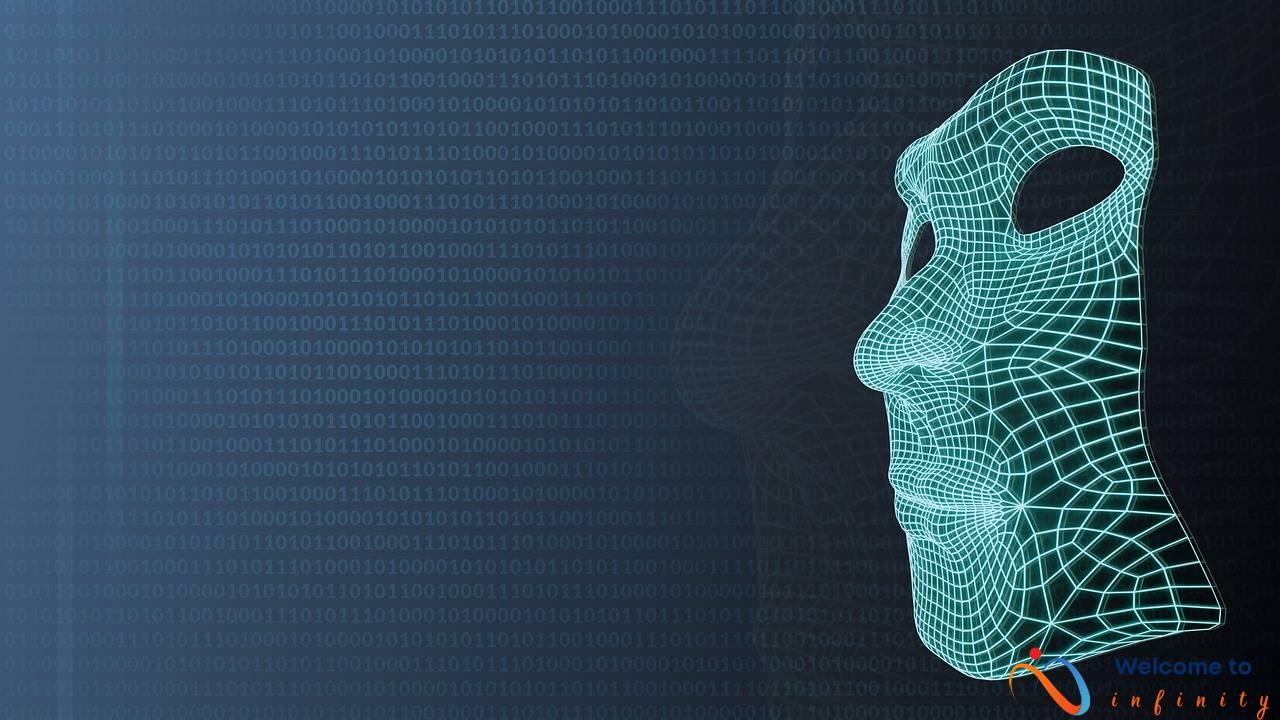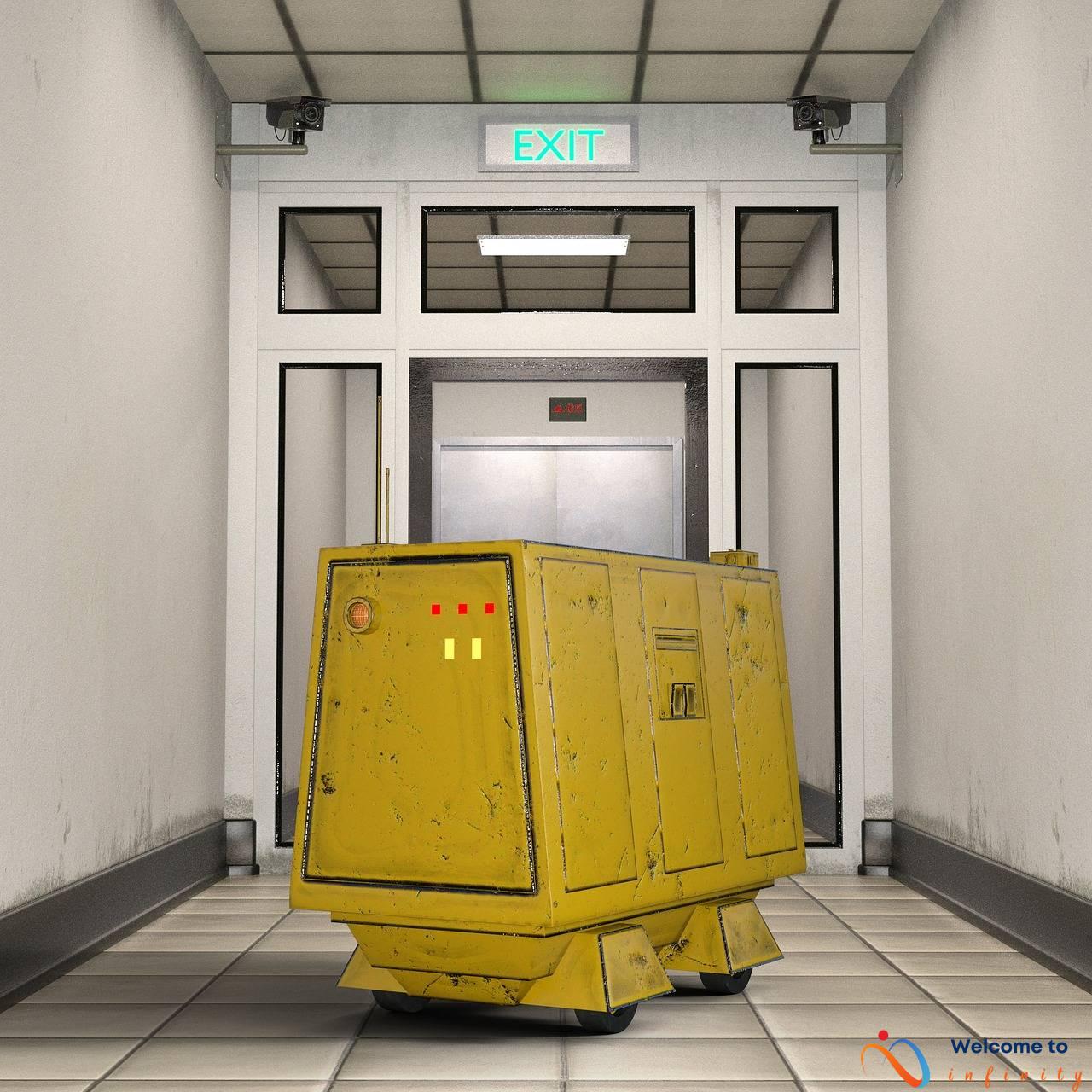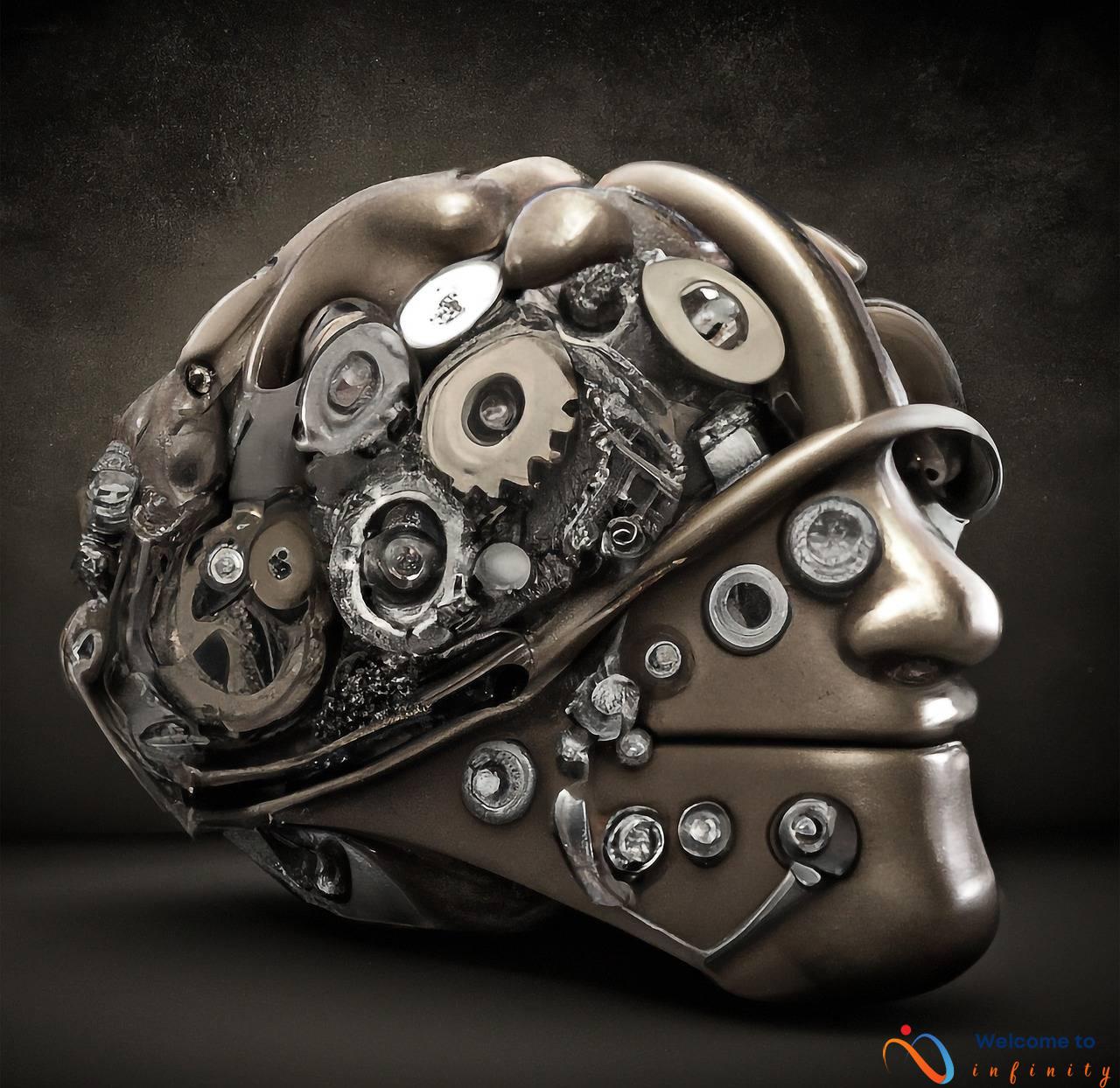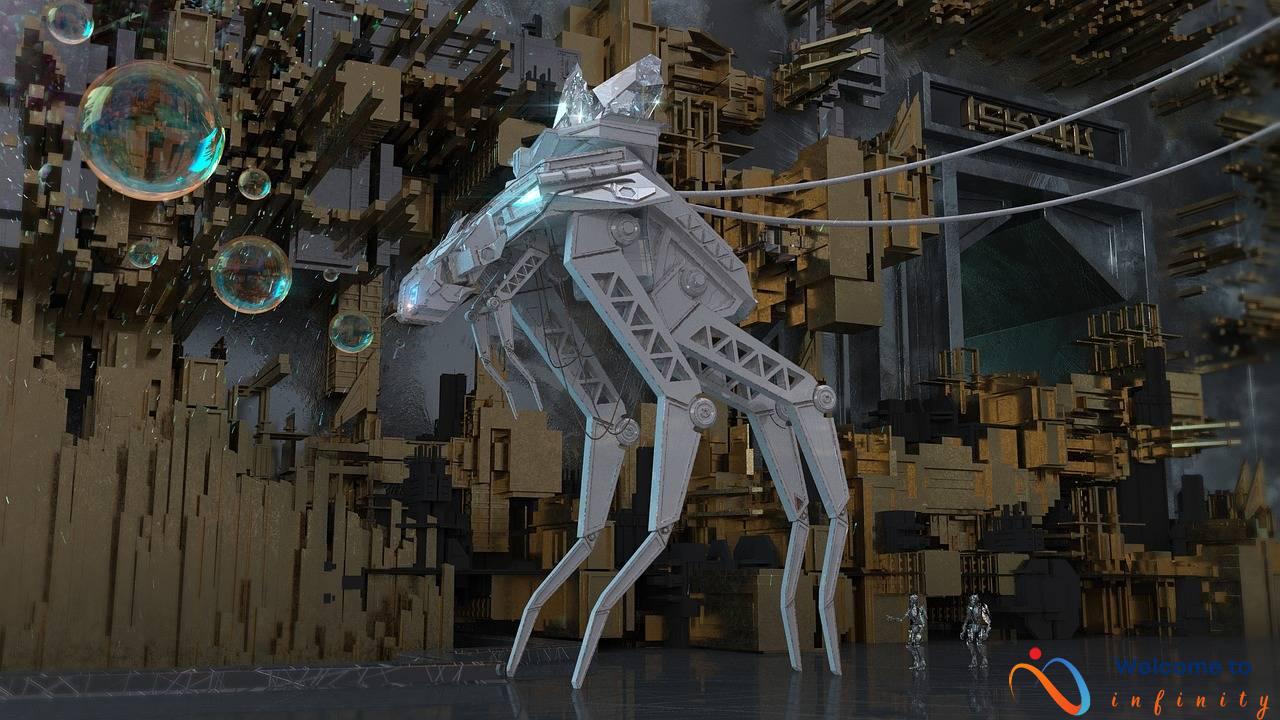Transfer learning is a powerful technique used in machine learning and deep learning that enables models to leverage knowledge learned from similar tasks to address new and different problems. It involves using a pre-existing model that has been trained on a similar task as a starting point for a new task. This allows the model to save time and resources in training from scratch, enabling it to perform better and more efficiently in the new task.
Transfer learning is widely used in various domains such as image recognition, natural language processing, speech recognition, and more. The technique is especially useful in scenarios where the amount of training data is limited, or it is difficult to acquire large amounts of data. By leveraging pre-existing models, transfer learning can reduce the amount of data required to achieve accurate results, making it a popular method in the field of machine learning.
The basics of transfer learning involve three primary types of techniques: feature extraction, fine-tuning, and domain adaptation. Feature extraction involves using the lower layers of the pretrained model to extract relevant features for the new task, keeping them frozen, and applying a new classifier on top. Fine-tuning involves training the model to adapt to the new task by unfreezing the top layers of the pretrained model and updating its parameters using the new data. Domain adaptation, on the other hand, involves making adjustments to the pretrained model's parameters to adapt to new source and target domains.
Transfer learning is an essential technique in the field of machine learning and deep learning, allowing models to leverage pre-existing knowledge and perform better in new tasks. By utilizing transfer learning, the time and resources required for training models from scratch are significantly reduced, making it a popular and effective method for creating powerful and accurate models for complex problems.
Introduction to Transfer Learning
Transfer learning is the process of using a pre-trained model to perform a related task in a new domain. It is widely used in the field of machine learning to save time and resources, as well as to achieve better accuracy in solving complex problems.
The importance of transfer learning lies in its ability to leverage knowledge from past learning experiences, thereby reducing the amount of data and computational resources needed to train a new model. This is particularly useful in situations where large amounts of data are not available or the cost of data acquisition is high.
Transfer learning finds its applications in various domains of machine learning such as image classification, speech recognition, natural language processing, and reinforcement learning. These applications are made possible by transferring the learned features, representations, and/or parameters of a pre-trained model, to solve new problems in a different domain. For instance, a pre-trained image classification model can be used to detect objects in new images with similar features.
In summary, transfer learning is a powerful technique in machine learning that enables the transfer of knowledge from one domain to another, making it possible to solve complex tasks efficiently. This technique has a wide range of applications in various fields and remains an active area of research.
Types of Transfer Learning
Transfer learning has gained immense popularity in recent years, especially in the field of machine learning and deep learning, as it allows for easier and faster development of new models by utilizing previously trained models. There are three main types of transfer learning techniques that are widely used: feature extraction, fine-tuning, and domain adaptation.
Feature extraction is one of the most common types of transfer learning. It involves using the features learned by a pretrained model on a similar task and then using them as input to a new model for a different task. The advantage of this technique is that the extracted features are often very high-level and can be used for a wide range of tasks. The disadvantage, however, is that the new model needs to be trained from scratch on the extracted features.
In feature extraction, the extracted features are used as input to a new classifier that is trained from scratch. This can be a time-consuming process, but it allows for the model to be specifically tailored to the new task.
To prevent the pretrained model's weights from being changed during training, the model can be ‘frozen.' This means that the weights are fixed and will not be updated during the training process.
Fine-tuning is another transfer learning technique that involves taking a pretrained model and training it further on a new task. This is done by unfreezing one or more of the final layers of the model and then training the entire model on the new task.
To fine-tune a pretrained model, certain layers need to be unfrozen so that they can be updated during the training process. These layers are typically the final layers of the model, which are closer to the output and thus more specific to the task being performed.
In fine-tuning, it is important to choose the right layers to unfreeze. Unfreezing too few layers may result in the model not adapting to the new task, while unfreezing too many layers may result in overfitting and poor generalization.
Domain adaptation is a transfer learning technique that involves adapting a pretrained model to a new domain. This is done by adjusting the parameters of the model to better fit the new domain.
The source domain is where the pretrained model was trained, while the target domain is where it will be used. The aim of domain adaptation is to transform the model's representation of the source domain to make it more effective in the target domain.
Adapting a pretrained model to a new domain involves adjusting the model's parameters, which can include the weights, biases, and structure of the model. This process can be challenging, but it allows for greater transferability of models across domains.
Feature Extraction
Feature extraction is one of the most widely used transfer learning techniques, especially in the domain of computer vision. In feature extraction, we take the pretrained model and use it as a feature extractor by removing the last few layers of the network. This leads to creation of a smaller network that produces a fixed-length feature vector as its output for any input image. This feature vector can be used as input to a new model, which can be trained on a new dataset for a new task
The main advantage of feature extraction is that it is computationally less expensive than fine-tuning as it involves only training a small fully-connected neural network on extracted features instead of the entire model. Additionally, feature extraction is less prone to overfitting on a new dataset as the features have been learned from a large amount of data during the pretrained model's initial training. However, the downside is a potential loss of information during feature extraction.
The process of feature extraction involves freezing the weights of the pretrained model to prevent them from being updated during training on the new task, and training a new classifier on top of the extracted features. This technique is particularly useful when the dataset for the new task is small and the training of a new model from scratch is not practical due to computational constraints.
Training a New Classifier
Once the features have been extracted from the pretrained model, the next step is to train a new classifier on those features for the new task at hand. This process involves taking the extracted features and using them as input to a new, smaller neural network.
The new neural network typically consists of a few fully connected layers that take the extracted features as input and produce a set of predictions for the new task. The fully connected layers are connected to an output layer that produces the final prediction for the task.
The output layer typically has a different number of nodes than the original model, as the new task may require a different number of outputs. For example, if the original model was trained on image recognition with 10 classes, but the new task is to recognize only 5 classes, the output layer would be modified accordingly.
The new classifier is then trained using the extracted features as input and the ground truth labels for the new task as output. The weights of the fully connected layers are updated during training to minimize the loss between the predicted output and the ground truth labels.
The training process can take some time, but it is generally faster than training a model from scratch, as the complexity of the model has been reduced due to feature extraction. Additionally, the new model typically performs better than a model trained from scratch due to the transfer of knowledge from the pretrained model.
Freezing the Pretrained Model
When using transfer learning, it is often beneficial to freeze the weights of the pretrained model to prevent them from being updated during training. This technique is known as “freezing the pretrained model”. Freezing the model can be especially useful when the dataset for the new task is smaller than the original dataset used to train the pretrained model.
Freezing the pretrained model helps to prevent overfitting and improve the generalization performance of the new model. When a model is overfitted, it performs well on the training data, but poorly on new, unseen data. By freezing the pretrained model, we can use the knowledge gained from training on the original dataset to help the new model generalize to new data.
During the training process, only the weights of the classifier layer are updated, while the weights of the pretrained layers are fixed. This allows the new model to adapt to the new task, while still retaining the knowledge learned from the original training data.
In addition to preventing overfitting, freezing the pretrained model can also speed up the training process. Since the weights of the pretrained layers are fixed, the model does not need to spend as much time updating them during training.
Overall, freezing the weights of the pretrained model can be a powerful technique for improving the performance and generalization capabilities of models trained using transfer learning.
Fine-tuning
Fine-tuning is another transfer learning technique that involves updating the weights of a pretrained model on a new task. Unlike feature extraction, fine-tuning allows for the weights of the pretrained model to be updated during training, which can lead to better performance on the new task. The basic process for fine-tuning involves selecting a pretrained model and updating the weights on a new dataset.
The advantages of fine-tuning are that it allows for better performance on the new task compared to feature extraction alone. Fine-tuning also requires less data since the pretrained model has already learned useful features. However, there are also disadvantages to fine-tuning. It can lead to overfitting if the new dataset is significantly smaller than the original dataset. Additionally, fine-tuning can be time-consuming, especially if the pretrained model is large.
When fine-tuning a pretrained model, it is important to choose which layers to unfreeze and which layers to keep frozen. The earlier layers of the model tend to learn lower-level features, while the later layers learn higher-level features. It is generally a good idea to keep the earlier layers frozen and only unfreeze the later layers. This way, the pretrained model can still leverage its learned features while adapting to the new task.
Overall, fine-tuning is a powerful transfer learning technique that can lead to better performance on a new task. By carefully selecting which layers to unfreeze and updating the weights of the pretrained model, fine-tuning can help models adapt to new and complex tasks.
Unfreezing Layers
Unfreezing layers is a transfer learning technique that involves adjusting the weights of certain layers in a pretrained model during training to adapt to a new task. This allows the model to better fit the new data and improve its performance.
When unfreezing layers, it is important to consider the trade-off between using the pretrained weights and updating them to fit the new task. If too many layers are unfrozen, the model may lose the benefits of transfer learning and overfit to the new task. On the other hand, if too few layers are unfrozen, the model may not be able to adapt well to the new data.
Choosing which layers to unfreeze can be done manually or through experimentation. It is recommended to start with the last few layers of the model since they tend to be more task-specific and less likely to benefit from transfer learning. As the training progresses, additional layers can be unfrozen as needed.
One common approach is to use a learning rate schedule where the initial learning rate is lower for the pretrained layers and higher for the newly added layers. This allows the pretrained layers to make smaller adjustments while the new layers learn faster.
In summary, unfreezing layers is a powerful transfer learning technique that can improve the performance of a pretrained model on a new task. However, it is important to carefully select which layers to unfreeze and adjust the learning rate accordingly to avoid overfitting.
Choosing the Right Layers
When using fine-tuning, it's important to choose the right layers to unfreeze and which layers to keep frozen. Generally, the lower layers of a pretrained model learn low-level features such as edges and shapes, while the higher layers learn more complex features such as object patterns and textures.
In order to leverage the benefits of fine-tuning, it's recommended to freeze the lower layers of the pretrained model and only unfreeze the higher layers. This is because the lower layers are generic and can be used for a wide range of tasks, while the higher layers are more specific to the original task and may not be useful for the new task.
It's also important to consider the size of the new dataset when choosing the layers to unfreeze. If the dataset is small, it's better to keep more layers frozen to prevent overfitting. On the other hand, if the dataset is large, more layers can be unfrozen to allow for more fine-tuning.
Another consideration when choosing the layers to unfreeze is the similarity between the original task and the new task. If the tasks are similar, more layers can be unfrozen and fine-tuned. However, if the tasks are very different, fewer layers should be unfrozen to prevent the model from overfitting to the new task.
Overall, choosing the right layers to unfreeze and keep frozen is crucial for successful fine-tuning and transfer learning. By considering factors such as layer depth, dataset size, and task similarity, machine learning practitioners can optimize their models and achieve the best results possible.
Domain Adaptation
Domain adaptation is another transfer learning technique that is widely used in machine learning and deep learning. It involves adapting a pretrained model to a new domain by adjusting its parameters. The main advantage of domain adaptation is that it can improve the performance of a model when the target domain is different from the source domain.
One of the key challenges of domain adaptation is identifying the source and target domains. The source domain is where the pretrained model was trained, and the target domain is where it will be used. Ensuring that the model is adapted to the target domain is crucial for achieving good performance. The process of adapting the model to a new domain involves adjusting its parameters such that it can better account for the variations in the target domain.
Domain adaptation is particularly useful when there is little or no labeled data available in the target domain. By leveraging the knowledge from the source domain, the model can be adapted to perform well in the target domain. However, there are some disadvantages to domain adaptation as well. One of the main challenges is that it requires a sufficient amount of data to train the adapted model. If there is not enough labeled data available in the target domain, it can be difficult to achieve good performance.
In summary, domain adaptation is a powerful technique in transfer learning that can be used to adapt a pretrained model to a new domain. It has many advantages, such as improving the model's performance when the target domain is different from the source domain. However, it also has some disadvantages, such as the need for sufficient labeled data in the target domain. Overall, domain adaptation is an essential tool in machine learning and deep learning, which can help to solve complex problems in a variety of applications.
Source and Target Domains
Transfer learning involves using a pretrained model on a similar task to a new task. One of the key components of transfer learning is understanding the source and target domains. The source domain is where the pretrained model was trained, while the target domain is where it will be used.
For example, a pretrained model for image recognition may have been trained on a dataset of animals in the wild, representing the source domain. If the model is to be used for a new task of recognizing pets in domestic settings, the target domain is the set of pet images that the model will be tested on.
Understanding the source and target domains is important in transfer learning because it helps to determine the best transfer learning technique to use. For example, feature extraction may be the best technique if the source and target domains are very different, while fine-tuning may be more effective if the domains are similar.
In summary, the source and target domains are essential components to consider when using transfer learning. By analyzing these domains, practitioners can decide on the most appropriate transfer learning technique to achieve the best results.
Adapting to New Domains
Adapting a pretrained model to a new domain involves making numerous modifications to the initial architecture. Since different domains can have varying feature distributions, the pretrained model's parameters need to be adjusted to optimize performance. The adaptation process is especially useful when the available labeled data is insufficient for training a model from scratch.
The first step in domain adaptation is identifying the differences between the source and target domains. This process helps in choosing the correct adaptation technique to apply. One common technique involves adding additional layers to the model to capture the additional features in the new domain. The added layers can be trained to extract relevant features that are unique to the new domain.
Another technique involves fine-tuning the pretrained model by changing the hyperparameters and adjusting the weights of the existing layers. The goal is to make the model more sensitive to various features existing in the new domain. The parameters should be carefully adjusted to prevent over-fitting or under-fitting of the model.
Domain adaptation can be performed using different methods such as supervised, unsupervised, and semi-supervised techniques. In supervised adaptation, labeled data is used to optimize the model for performance in the new domain. In unsupervised adaptation, the model is trained on unlabelled data from the target domain. Semi-supervised adaptation involves leveraging both labeled and unlabeled data to optimize the model.
In conclusion, adapting pretrained models to new domains is a complex but essential task in deep learning. This technique can improve the performance of a model in a new domain, even when the available data for training is limited. Therefore, understanding the process and techniques of domain adaptation can help to achieve satisfactory results in various real-world applications such as speech recognition, natural language processing, image recognition, and many more.
Applications of Transfer Learning
Transfer learning has numerous real-world applications, making it a highly valuable technique in the field of machine learning and deep learning. Here are some examples of how transfer learning can be used:
- Image recognition: Transfer learning can be used to recognize objects in images. For example, a network trained on a large dataset such as ImageNet can be used as a starting point for a new image recognition task. By fine-tuning the model, it is possible to achieve high accuracy even with a limited dataset.
- Speech recognition: Transfer learning can also be used to recognize speech. For example, a network trained on a large dataset of audio files can be used as a starting point for a new speech recognition task. By fine-tuning the model, it is possible to achieve high accuracy even with a limited dataset.
- Natural language processing: Transfer learning can be used for various natural language processing tasks such as sentiment analysis and language translation. A model trained on a large corpus of text can be used as a starting point for a new task. By fine-tuning the model, it is possible to achieve high accuracy even with a limited dataset.
- Recommendation engines: Transfer learning can also be used to build recommendation engines. A model trained on a large dataset of user behavior can be used as a starting point for a new recommendation task. By fine-tuning the model, it is possible to recommend products, services or content more accurately and efficiently.
Transfer learning is a powerful tool that can be applied to a wide range of tasks, making it an essential technique for building highly accurate and efficient models. With the help of transfer learning, developers and researchers can achieve better results in less time, making machine learning and deep learning more accessible and efficient than ever before.
Conclusion
Transfer learning is a powerful technique used in machine learning and deep learning to solve complex problems efficiently. By leveraging the knowledge of pretrained models, practitioners can save time and resources while achieving high accuracy on new tasks.
In this article, we covered the basics of transfer learning and introduced the three types of transfer learning techniques: feature extraction, fine-tuning, and domain adaptation. We discussed the advantages and disadvantages of each technique and explained how they can be used to solve different kinds of problems.
Additionally, we explored the various real-world applications of transfer learning, such as image and speech recognition, natural language processing, and more. These applications demonstrate the immense potential of transfer learning to transform the field of machine learning and deep learning.
Overall, transfer learning is a crucial tool for any practitioner looking to solve complex machine learning problems efficiently. By using pretrained models as a starting point, practitioners can achieve high accuracy in less time and with fewer resources. As the field of machine learning continues to evolve, transfer learning will undoubtedly play an even larger role in enabling practitioners to develop sophisticated models with ease.









